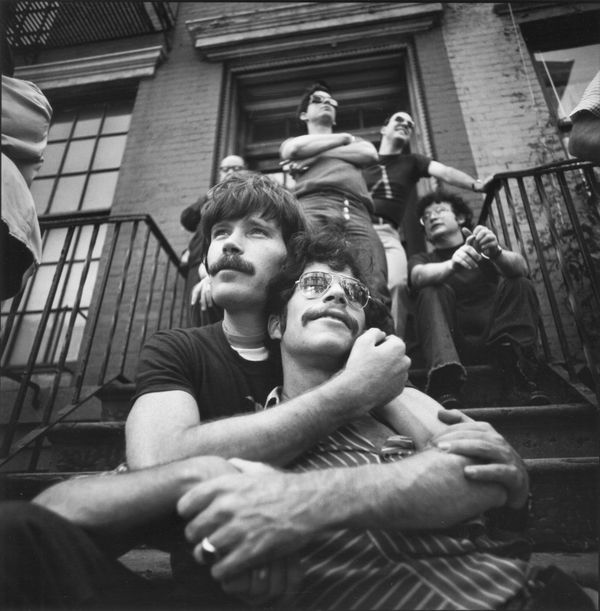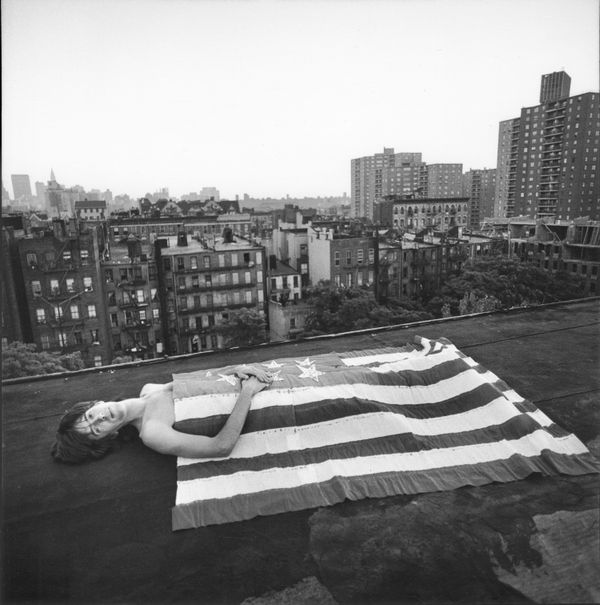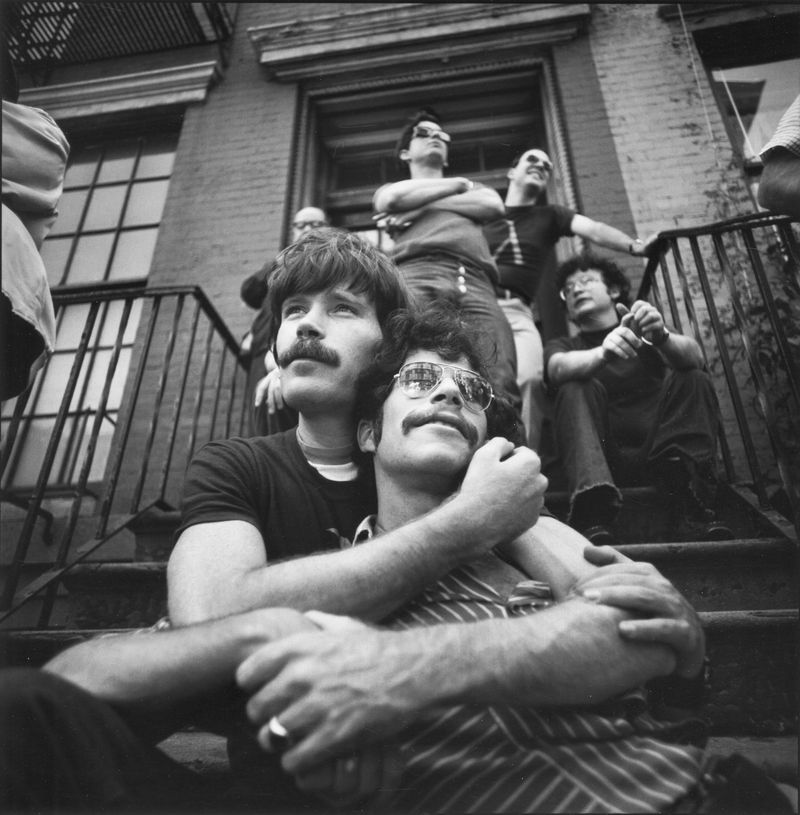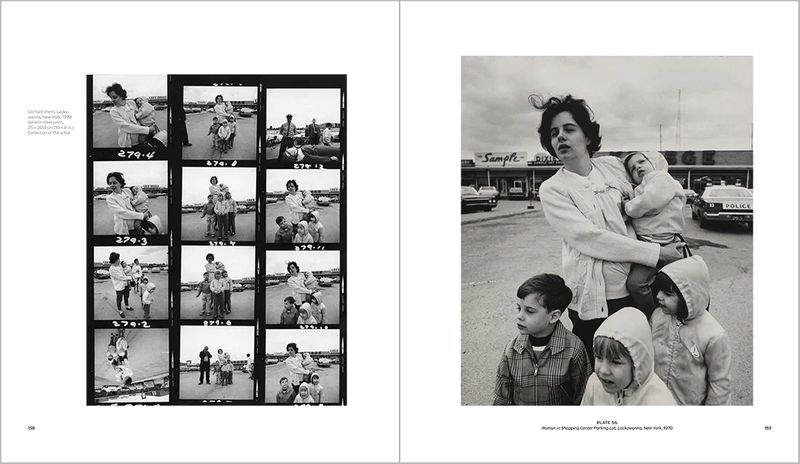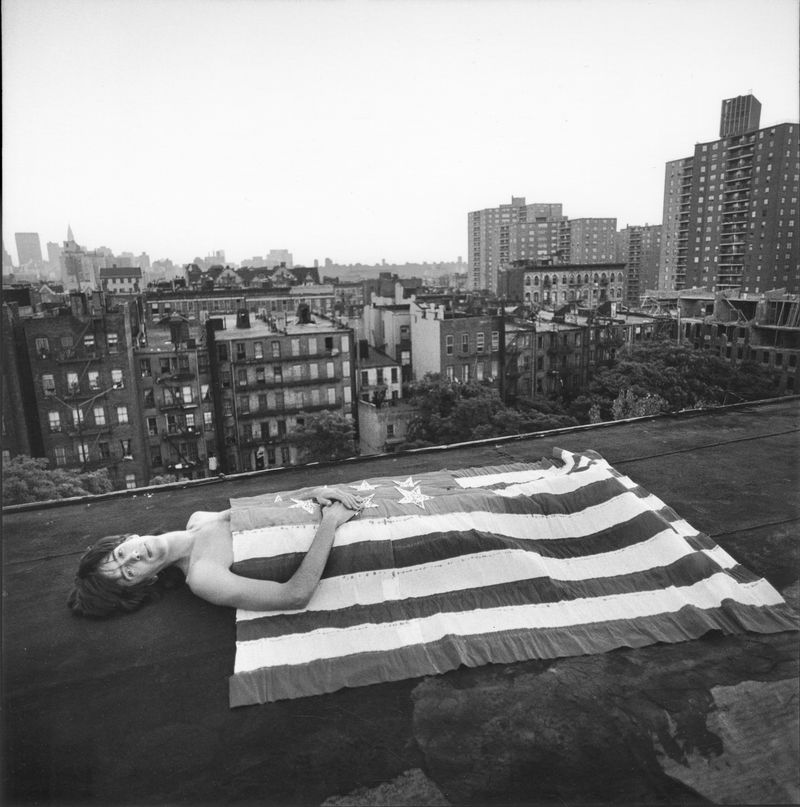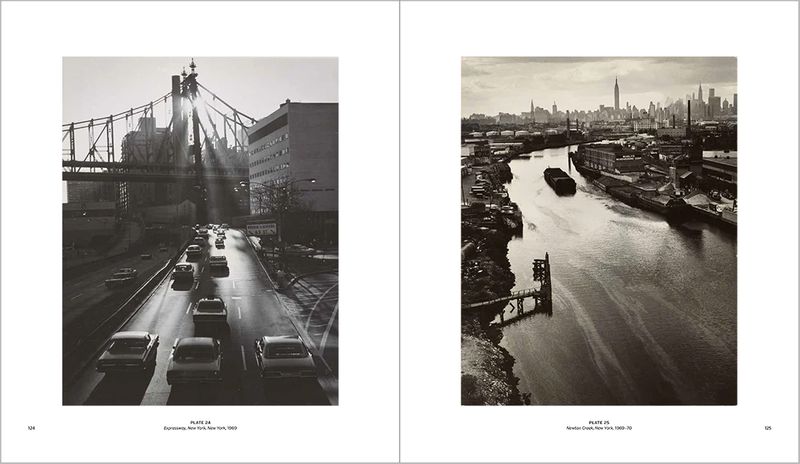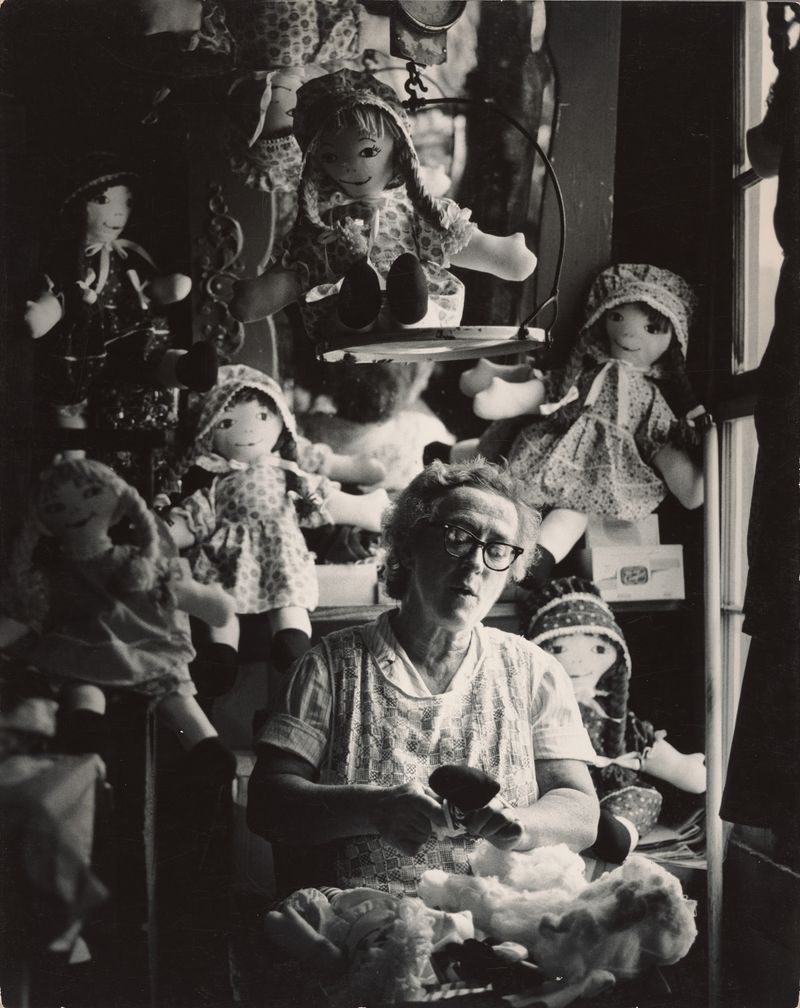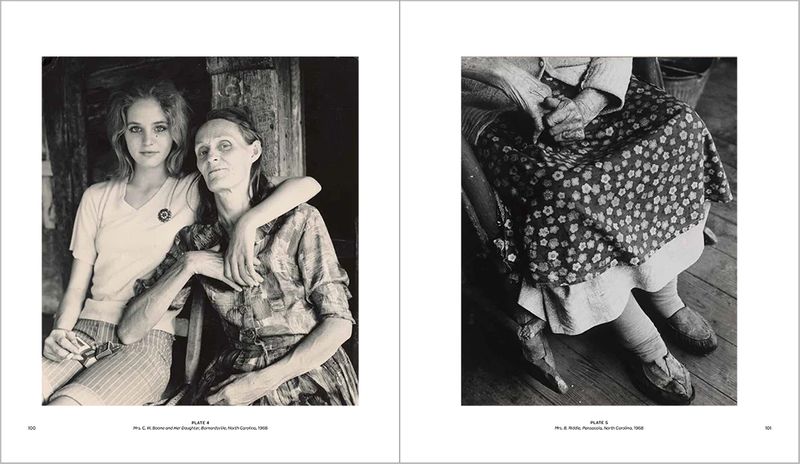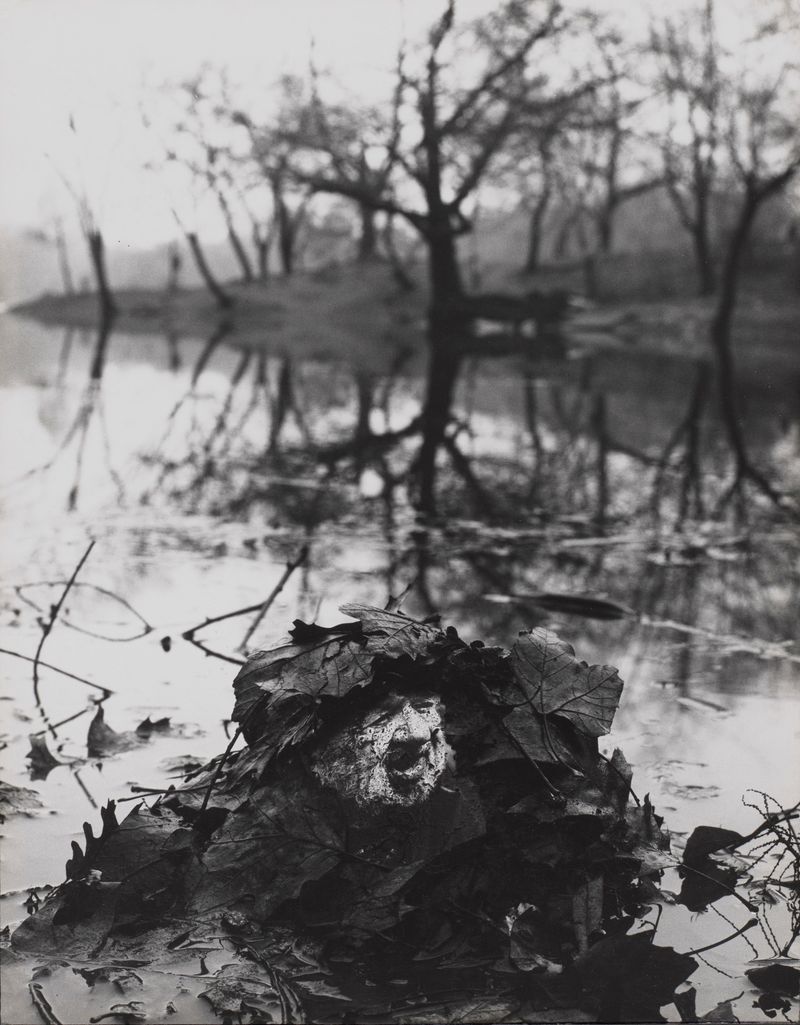Photobook Review: Rambles, Dreams, and Shadows by Arthur Tress
-
Published29 Feb 2024
-
Author
- Topics Photobooks
When Arthur Tress began photographing in the 1960s, he made work that was firmly in a broad documentary tradition. Ten years after, his photography created a dark, disturbing world where the unconscious mixed with the folkloric.
Rambles, Dreams, and Shadows is the catalogue of an exhibition that includes many of the high points of Tress’s career as well as showing the footprints that led him to create his nightmarish masterpieces.
Born into a wealthy family, Tress spent much of the 1960s using the family money to travel and avoid the draft. He learned that to be successful at something, ‘You really should concentrate on something for a period of time if you want to accomplish anything. I can’t really keep switching between painting, photography, and filmmaking. I really have to organise myself in one and push ahead in that even if it gets boring or difficult.’
And that is exactly what he did. Drawing together his interests in ethnography, folklore, the unconscious, and his sexuality, he moved away from his early flirtations with the Magnum agency to develop a more personal approach.
His images of the Ramble, a cruising ground for gay men in New York’s Central Park, serve as an autobiographical take on the area and were part of an ongoing documentation of sexuality that would result in Phallic Fantasies, ‘my first coming out as a specifically gay artist’.
‘In taking on the Ramble series I already knew first-hand the furtive glances, the poses, the false flirtations, the quick rejections, the masquerades of hyper ‘machismo’ or fey passivity… the endless turns around the same paths again and again, often with feelings of great guilt and self-loathing and the avoidance of any conversation or eye contact in surreptitious, anonymous comings together.’
The nuanced images in the book show glances and gazes, eyes both downturned and direct. Turn the pages and you see his images of gay activists at the First Gay Pride Parade on Christopher Street, and his photograph of Bruce (paper flower maker) under a star boat flag on an East Village Rooftop.
Tress thrived in New York and was commissioned to make images of Appalachia, a place where he was both shocked by the environmental conditions, but also aware of the dilemma of photographing a condition while transcending that condition... He feared that social documentary and fast-paced photography of poverty and pollution weren’t right for his ‘dreamer’ state.
One text he wrote in 1970 makes these doubts clear. ‘Perhaps why so much photography today doesn’t grab us or mean anything to our personal lives is that it fails to touch upon the hidden life of the imagination and fantasy which is hungry for stimulation. The documentary photographer supplies us with facts or drowns in humanity, while the pictorialist, avant-garde or conservative, pleases us with mere aesthetically correct compositions…. Where are the photographs we can pray to, that will make us well again, that will scare the hell out of us?’
Tress experimented with image and text, he made DIY disposable exhibitions, he worked with Maurice Sendak (author of Where The Wild Things Are), and began experimenting with ideas that fed into his ideas on family, folklore, and the uncanny.
Tress developed these ideas further when he started filming and photographing a series of workshops where children explored their dreams, their nightmares, their daydreams. He developed his ideas and published his images in Dream Collector.
His famous image, Boy in Flood Dream, Ocean City, Maryland is an example of Tress’s improvisation, the boy who stares out of the broken shingle roof in the image just because he happened to be passing by when Tress was looking to make photographs.
Theater of the Mind is more related to family, to Tress’s unhappy childhood perhaps, to the scenes that play out beneath the surface, to all that is unsaid. In sections titled Child’s Play and Domestic Scenes, we see Ed Berman and his mother, Brooklyn, New York, a picture where the hand of Tress’s childhood friend pins his mother’s (who’ll oblige in whatever Berman asks) hand under an iron he is holding.
Doctor and Patient, Bellevue, New York, New York shows a fully dressed woman being lifted in a patient hoist, as a doctor stands in the background, an image that questions medical power structures, while Last Portrait of my Father, New York, New York shows his father sitting in an ornate chair as snow covers the ground. He is seriously ill, about to die, and the picture captures both that and Tress’s own idea of the image as ‘…a kind of surrogate self-portrait that mirrors my own hollow fearfulness about my own body’s decline and disappearance into a cold emptiness.’
This is a great introduction to Tress’s work, accompanied by accessible texts that highlight the key themes of the images, images that have influence way beyond Tress’s current name recognition.
As Duane Michals said, ‘If Arthur Tress comes to photograph you beware. Do not be taken in by the innocent smile and shy demeanor. They are his disguises… he intuits all those unseen ties of a relationship and brings them to our attention… I don’t think that I want Arthur to photograph me. I might not be prepared to deal with what he sees. And I know he will be right.’
--------------
Rambles Dreams and Shadows is published by J. Paul Getty Museum
Hardcover
264 pages
9 1/2 x 11 inches
17 color and 198 b/w illustrations
ISBN 978-1-60606-861-8
Getty Publications
Imprint: J. Paul Getty Museum
2023
--------------
All photos © Arthur Tress
--------------
Arthur Tress (Brooklyn, New York, in 1940) developed his interest in ethnography, the environment, and urban environments through his early photography. In the late 1960s Tress was inspired to do a series based upon children’s dreams that combined his interests in ritual ceremony, Jungian archetypes, and social allegory. Later bodies of work dealing with the hidden dramas of adult relationships and the reenactments of male homosexual desire evolved from this primarily theatrical approach.
Colin Pantall is a photographer, writer and lecturer based in Bath, England. His next online courses begin in April, 2024. More information here. Follow him on Instagram
